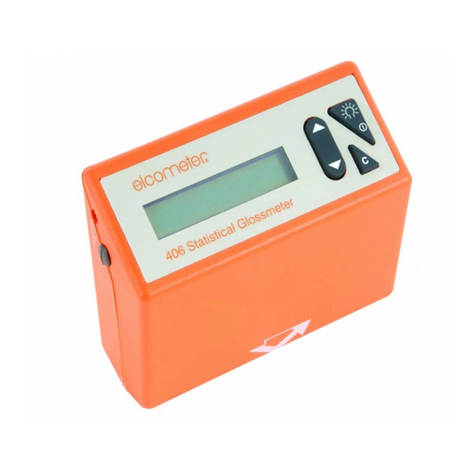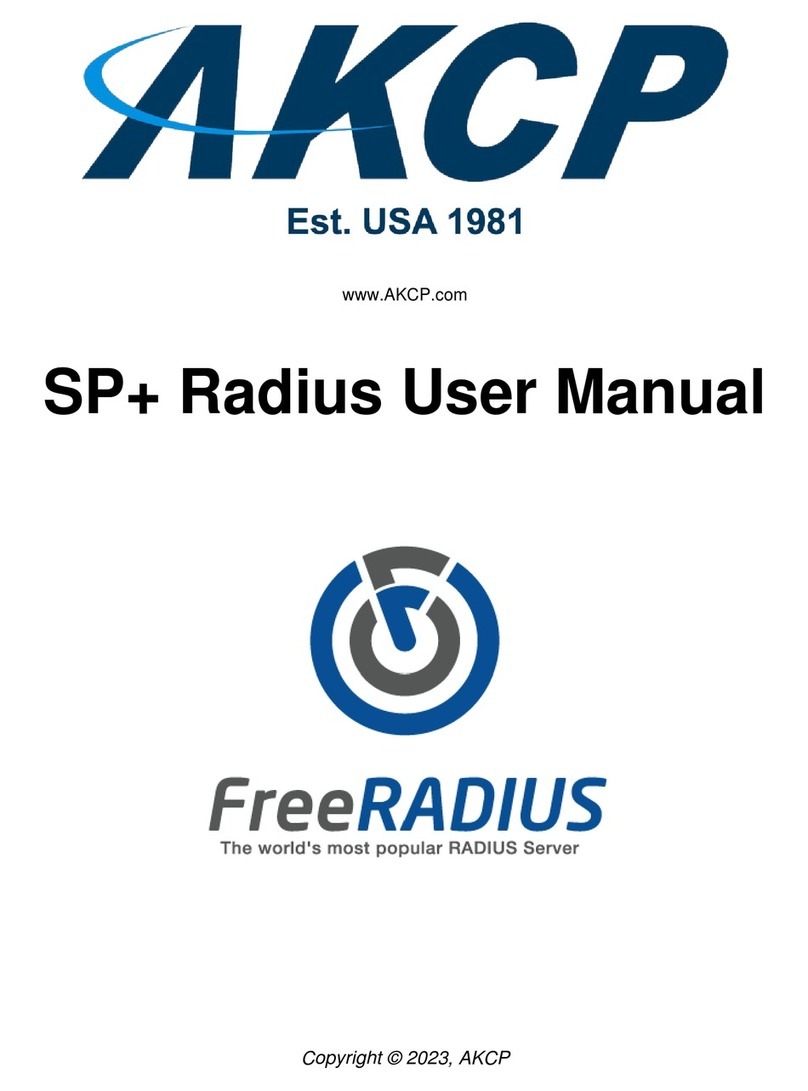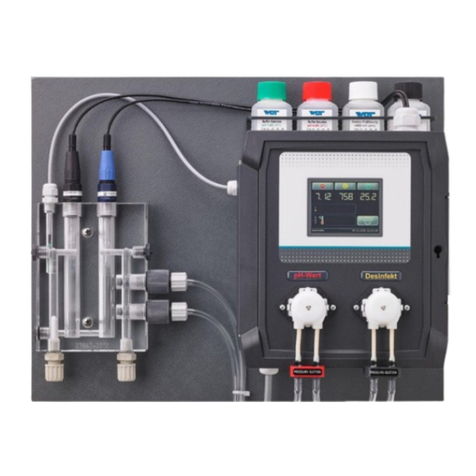Geosense LS-G6-VW User manual




















This manual suits for next models
1
Table of contents
Other Geosense Measuring Instrument manuals
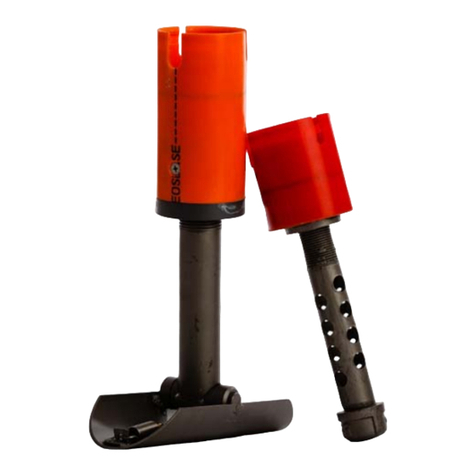
Geosense
Geosense Quick Joint User manual
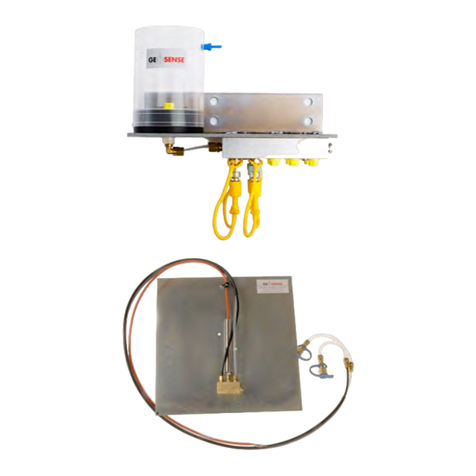
Geosense
Geosense VWLSS-200 User manual
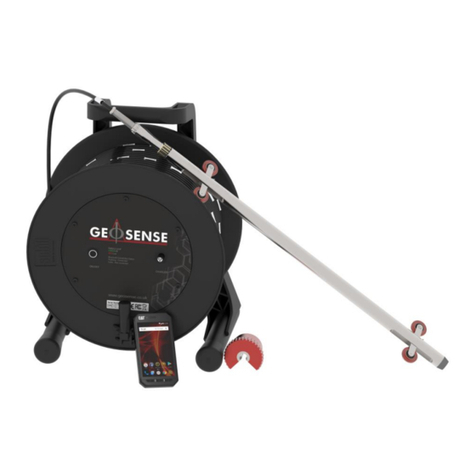
Geosense
Geosense MEMS DPI I User manual
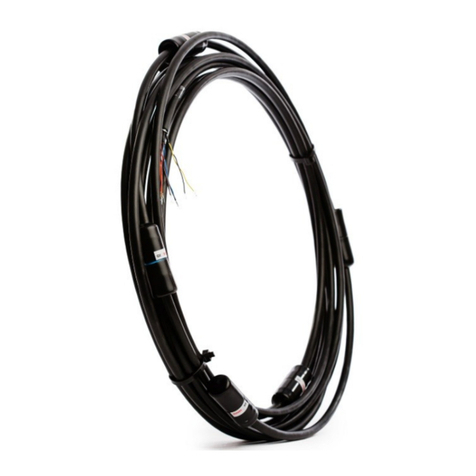
Geosense
Geosense TP-1 User manual
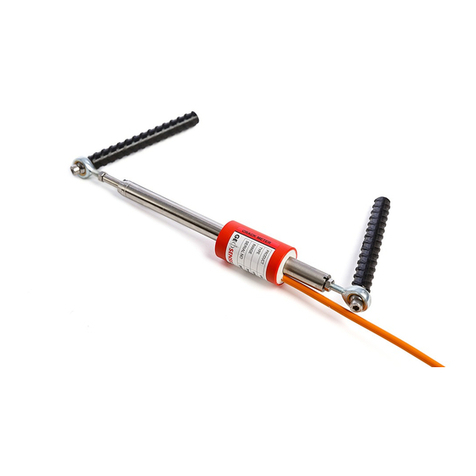
Geosense
Geosense VWCM-4000 User manual
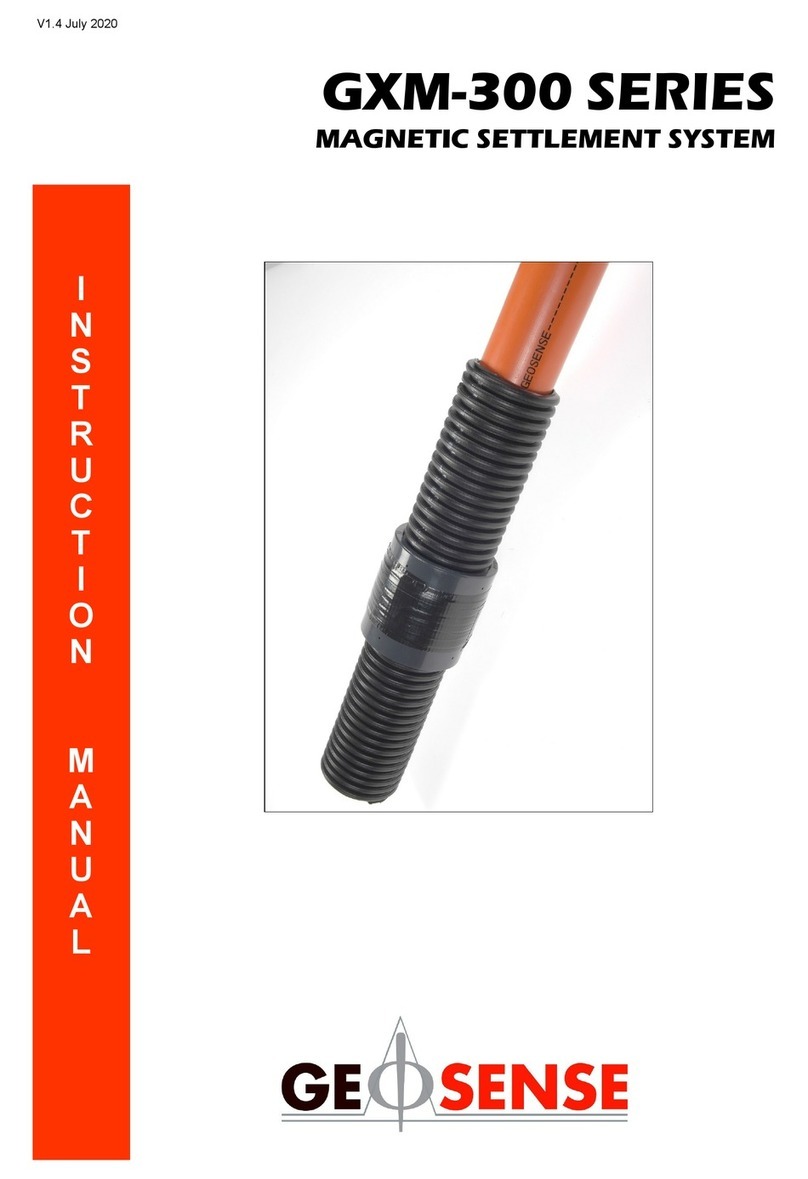
Geosense
Geosense GXM-300 Series User manual
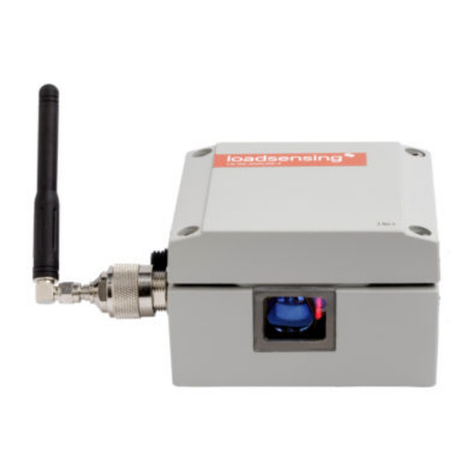
Geosense
Geosense WI-SOS 480 User manual
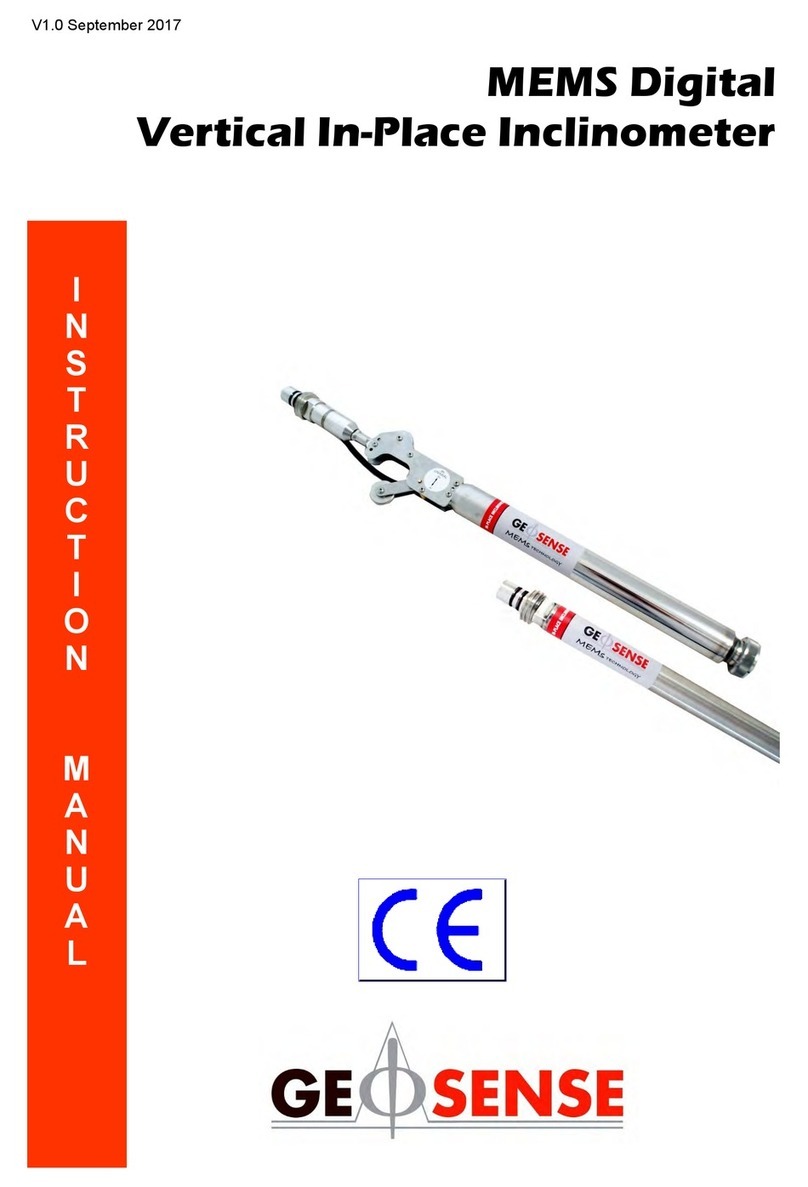
Geosense
Geosense IPI-V-1 User manual
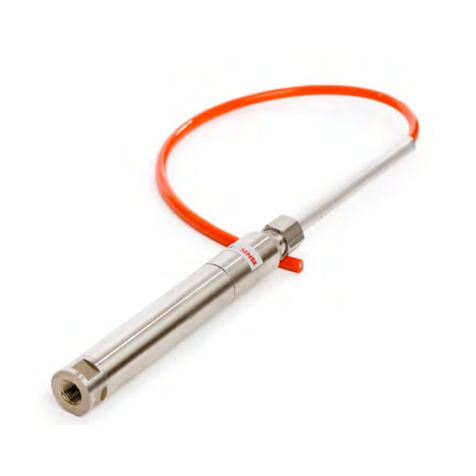
Geosense
Geosense VWPHT-3600 Series User manual
Popular Measuring Instrument manuals by other brands
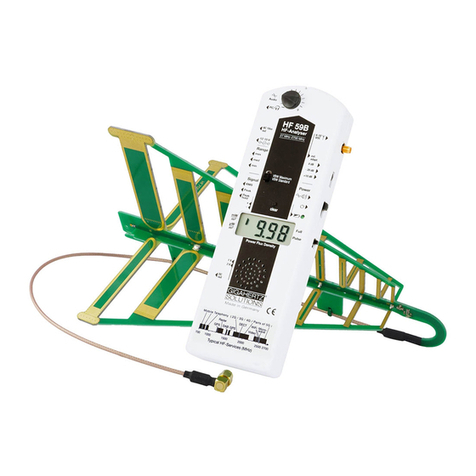
Gigahertz Solutions
Gigahertz Solutions HF59B manual
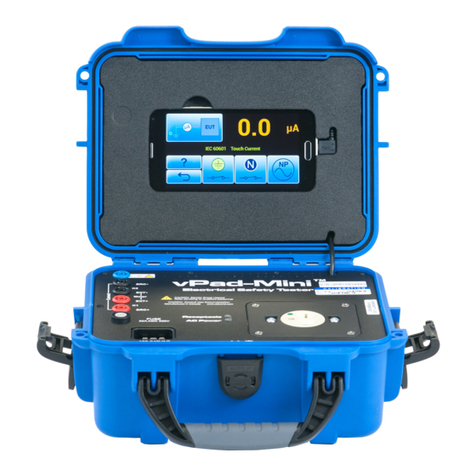
DATREND Systems
DATREND Systems vPad-Mini operating manual
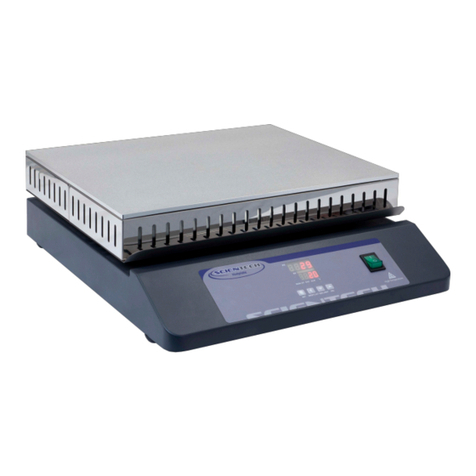
ScienTECH
ScienTECH 730 Installation, Operation and Care Manual
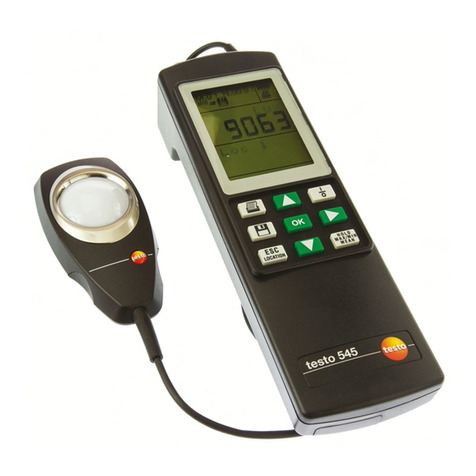
TESTO
TESTO 545 instruction manual

EXTOL
EXTOL Craft 417440 user manual
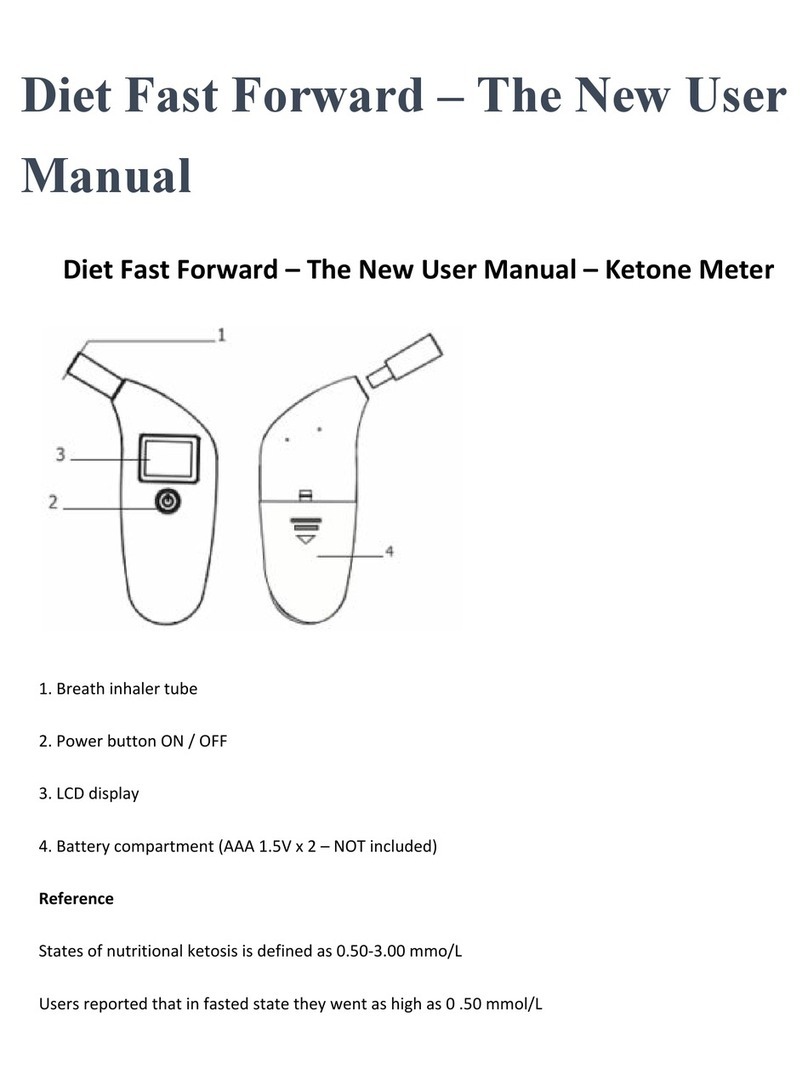
Diet Fast Forward
Diet Fast Forward KETO FAST FORWARD 2.0 user manual
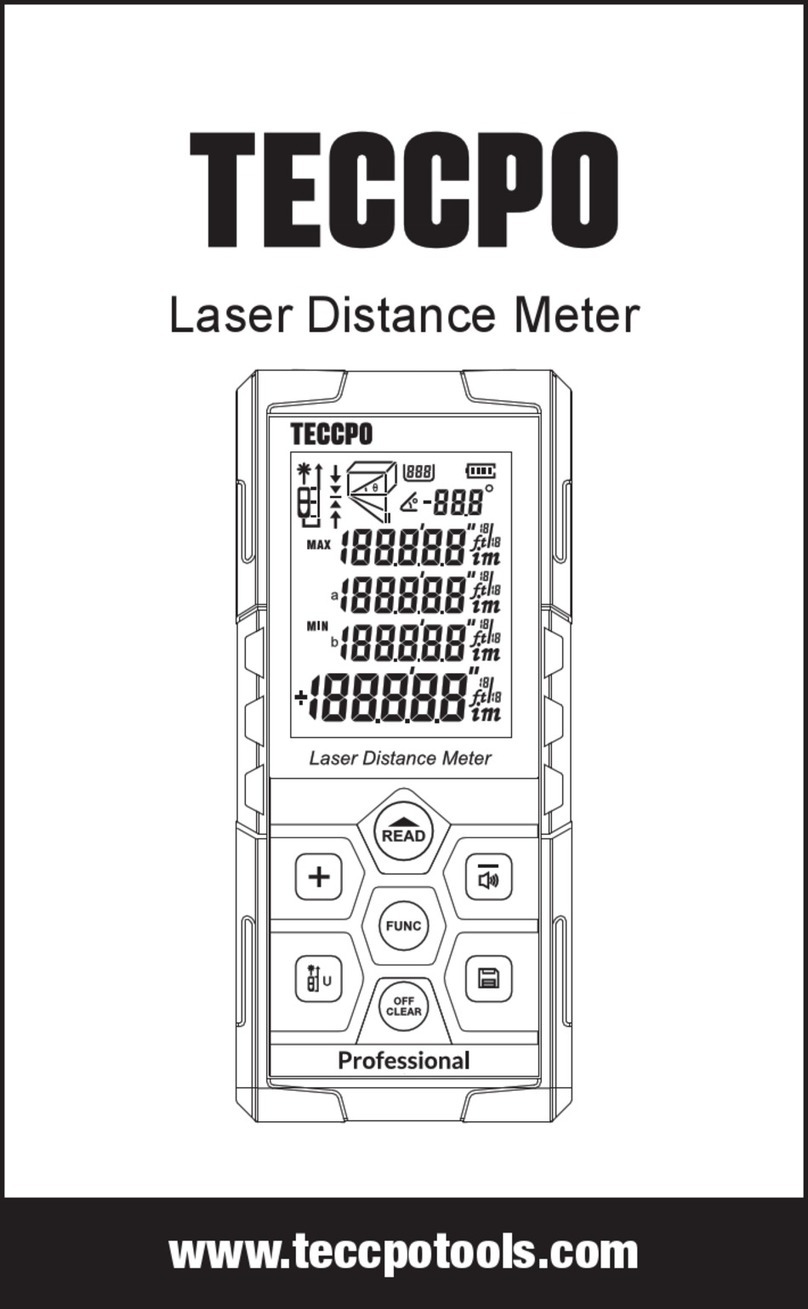
Teccpo
Teccpo MTM10B manual
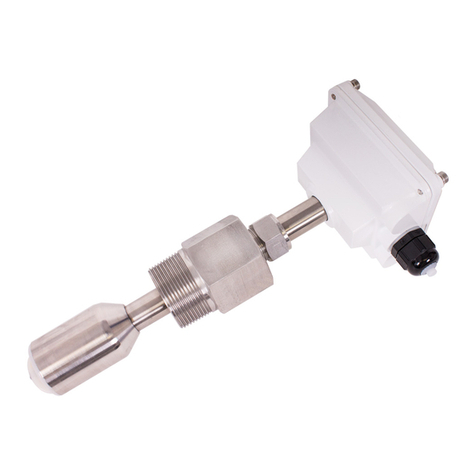
Seametrics
Seametrics EX11 Series instructions
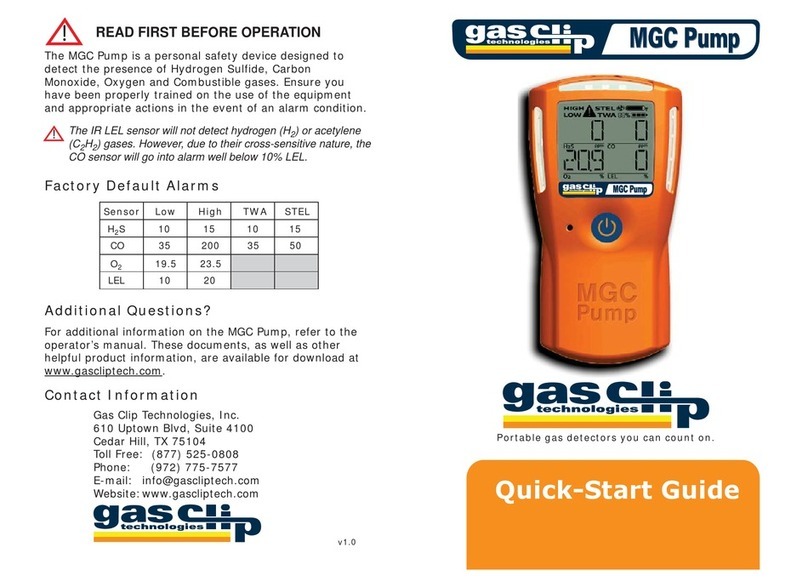
Gas Clip Technologies
Gas Clip Technologies MGC Pump quick start guide

Gentec-EO
Gentec-EO PRONTO-50 Series user manual
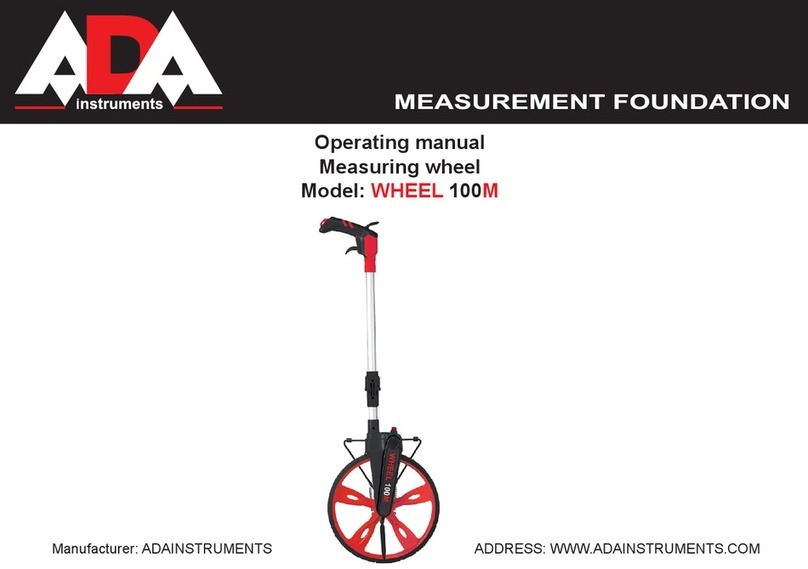
ADA INSTRUMENTS
ADA INSTRUMENTS WHEEL 100M operating manual

Industrial Scientific
Industrial Scientific TMX412 instruction manual
